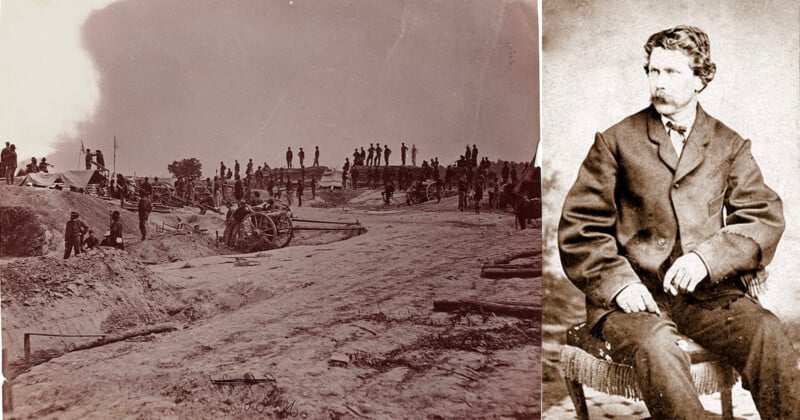
Very little is known about American Civil War photographer Timothy O’Sullivan — the man who took the haunting A Harvest of Death photograph in the aftermath of the Battle of Gettysburg — but a new book attempts to shine a light on him.
The basic facts of O’Sullivan’s life are that he was born in Ireland, or at least had Irish parents who moved to New York City and learned his trade from Mathew Brady before he followed the Union Army into the field where he took some of the best-known images of the Civil War as they fought against Confederate soldiers.
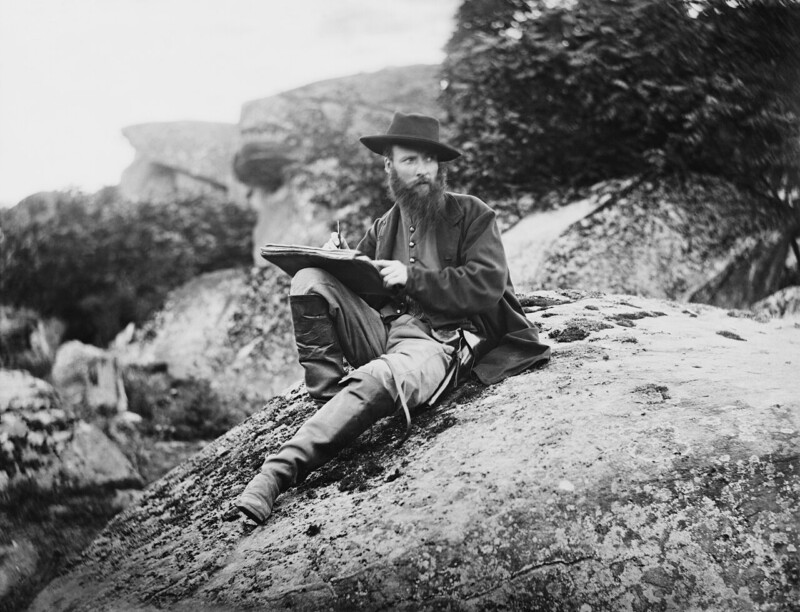
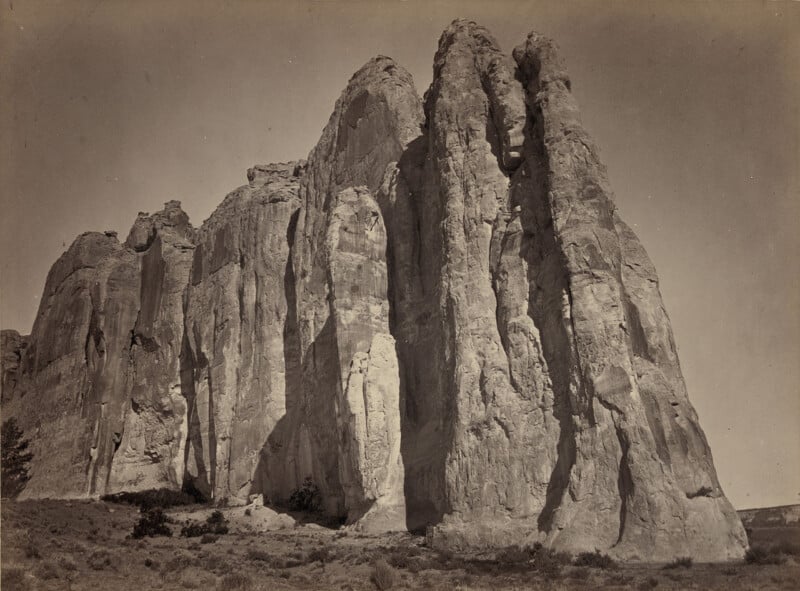
After the war had finished in 1865, he set forth into the American West as part of a Geological Exploration and was one of the first to document the prehistoric ruins and pueblo villages of the Southwest. Bear in mind that he used a wet plate camera which meant lugging a nearly 2 foot by 2 foot camera into the Wild West along with a mobile darkroom for instant processing.
He died back east of tuberculosis at age 42. His work influenced Ansel Adams who played a major role in O’Sullivan’s legacy, describing his work as “surrealistic and disturbing.”

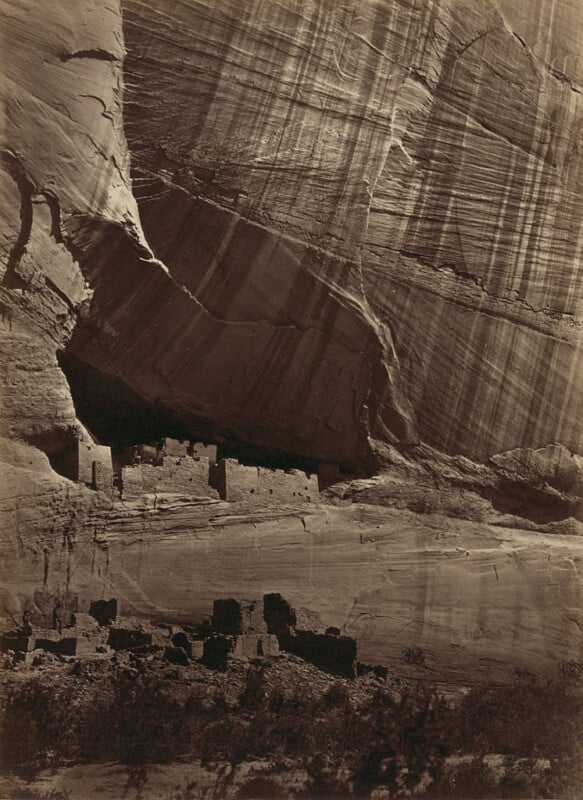
Writing a Biography on a Ghost
While O’Sullivan’s visual work is well known, his personal story is not. He apparently wrote nothing in his life; no accounts of his experiences in the bloody Civil War, no letters home — despite being away for years and years.
To write a book on him is a daunting task even for the most dogged of scholars, but author Robert Sullivan has done just that in his recent tome Double Exposure: Resurveying the West with Timothy O’Sullivan, America’s Most Mysterious War Photographer.
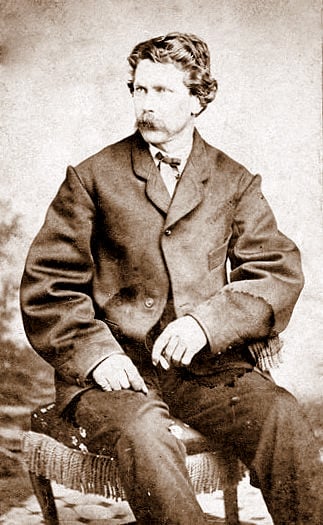
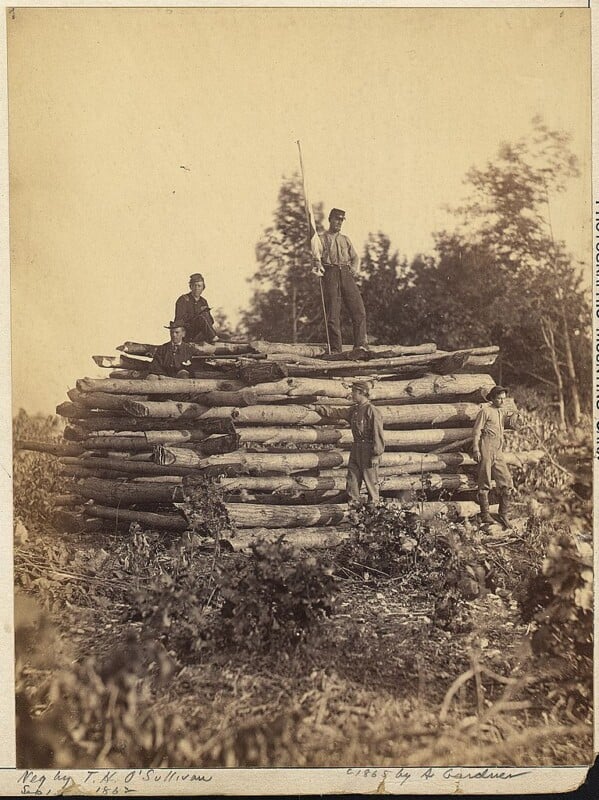
O’Sullivan’s work with the Union Army saw him take mundane photos of landscapes that could be potential battle sites, but for publishers, he would photograph fallen soldiers and cadaver-strewn battlefields.
Per The Economist, the author, Sullivan, argues that O’Sullivan inverted expectations: A Harvest of Death, for example, shows dead soldiers lying prone in awful detail while a living soldier sits on his horse off in the hazy background.
The newspaper notes that O’Sullivan once photographed Ulysses S. Grant and his officer from up high on a church steeple, a position that perhaps would have been taken by a Confederate sharpshooter.
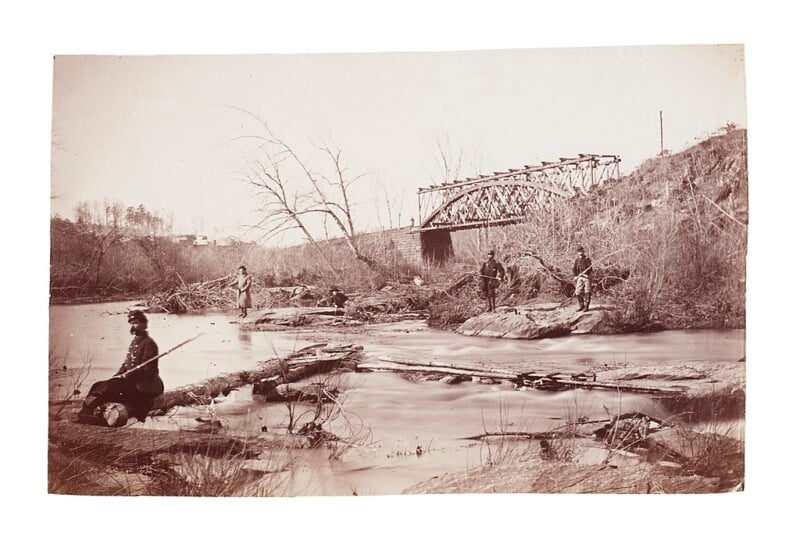
![]()
Double Exposure is avaible via Macmillan and Amazon.
Image credits: Photographs by Timothy O’Sullivan/Library of Congress/Wikimedia Commons